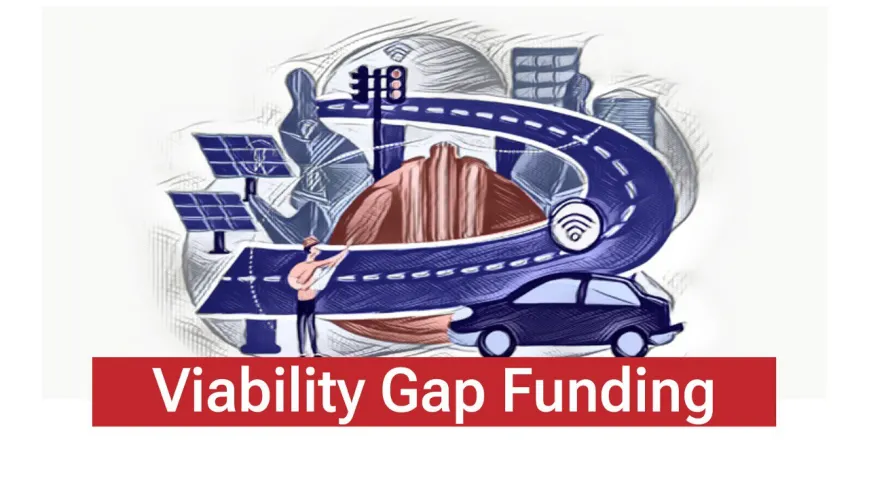Introduction
In 2005, the Cabinet Committee on Economic Affairs (CCEA) approved the Scheme for Financial Support to Public-Private Partnerships (PPPs) in Infrastructure, commonly known as the Viability Gap Funding (VGF) scheme. This initiative, classified as a Central Sector Scheme, aims to enhance the financial viability of infrastructure projects that are implemented through PPPs.
Administration
The VGF scheme is administered by the Department of Economic Affairs (DEA) under the Ministry of Finance (MOF). The primary objective of this scheme is to provide financial support to infrastructure projects that are economically justified but fall short of financial viability.
Key Revisions in 2020
In 2020, significant changes were made to the guidelines of the VGF scheme to increase its effectiveness and reach, particularly in the social sectors. The revisions include:
- Increased VGF Support: The scheme now offers higher financial support for eligible projects. For projects in the social sectors such as Water Supply, Waste Water Treatment, Solid Waste Management, Health, and Education, VGF support can be up to 60% of the Total Project Cost. This support is split equally between the Central Government and the State Governments, with each contributing 30%.
- Support for Pilot/Demonstration Projects: For Pilot or Demonstration Projects specifically in the Health and Education sectors, the VGF support can go up to 80% of the Total Project Cost. Again, this is divided equally, with the Central Government and State Governments each providing 40%.
Objectives and Impact
The main objective of the VGF scheme is to attract private investment into infrastructure projects that are crucial for economic development but may not be financially viable on their own. By bridging the funding gap, the scheme ensures that essential projects, particularly in underserved social sectors, can be successfully implemented.
In conclusion, the Viability Gap Funding scheme is a critical tool for promoting infrastructure development in India. By offering substantial financial support and encouraging public-private partnerships, it helps address key challenges in sectors that are vital for the country’s growth and development.


